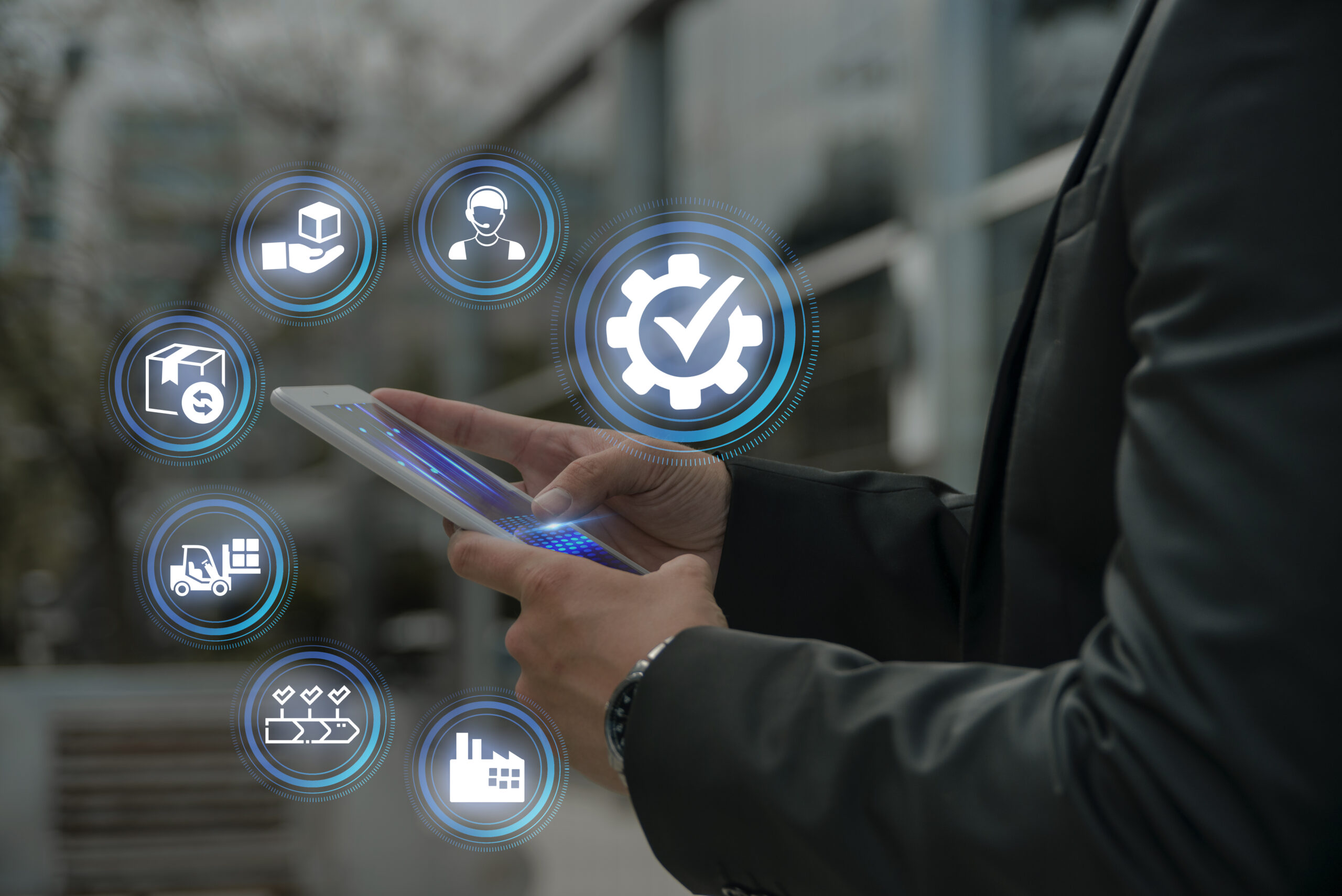Feb 6, 2025 | Hotel Sales & Marketing

Image credit: freepik.com
Personalization or hyper personalization are buzz words flooding many current articles. Personalization simply means departure from one-size-fits-all approach to delivering bespoke moments that resonate with each guest. However, one should dismiss the misconception that personalization is exclusively technological. It is no doubt a human concept where technology and automation can be enablers for hotels to tailor interactions to guests online.
Many independent hotel brands tend to forget their brand story and identity and simply imitate competitors. Instead, as a foundational step independent hotels should analyze visitor data and define target profiles and create content that communicates directly to their audiences with a view to build stronger connections and boost direct bookings. Melissa Rodrigues, Lead Content Manager at Guest Centric proposes 5 steps for independent hotel brands to deliver personalization to first-time guests by combining the personal touch with the power of technology.
1. Get to know target guests
Setting up e-commerce tracking in Google Analytics allows to analyze customer interactions on the website. Based on these insights, tailor the content such as imagery, language, or offers based on guest profiles, locations, or previous interactions on the website. Hotels can also use first-party data to create customer personas and tailor content accordingly.
2. Deliver real-time personalization based on target guest
The key areas of real-time personalization by leveraging data and automation follows;
- Guest Country Profiles
By using geo-targeting, hotels can to tailor content, language, and offers based on the guest’s location or country of origin. By detecting a visitor’s location, the website can automatically display content in their native language, making the experience more intuitive and welcoming. This will help provide customers with culturally relevant recommendations such as local events or traditional dining options, country-specific offers and display prices in the guest’s local currency. This can be the basic foundation for a tailored messaging and offers.
- Local Activities for Destination-Specific Personalization
Technology enables hotels to connect guests with relevant local activities and amenities, enhancing the value of their stay e.g. if a guest visits a pet-friendly page, the website can dynamically display all types of pet-friendly services nearby. Hotel can also personalize its offerings based on room selection e.g. highlighting workspace amenities for business travelers or proximity-based promotions, like discounts for nearby attractions or dining options. This seamless integration of local insights helps the guest feel well-catered to, even prior to arrival.
- Shopping Recovery Based on Behavioral Triggers
Behavioral data allows hotels to engage website visitors in real time, ensuring potential bookings are secured. E.g. If a guest hesitates at the checkout stage, a pop-up could appear offering a limited-time discount. Behavioral triggers can also highlight upselling opportunities. E.g. a guest browsing spa packages could be offered a deal for a spa upgrade if booked within the next 24 hours. These personalized interactions not only re-engage users but also create a sense of urgency and exclusivity, increasing the likelihood of conversion.
- Referral Traffic Personalization
The source of traffic provides valuable insights into how content should be tailored for a seamless experience. While visitors coming from Instagram can be directed to instagrammable pages with lifestyle photography and design that aligns with the platform’s aesthetics, Campaign-specific visitors could see exclusive offers, such as limited-time offers or early-bird discounts, tailored to the ad they clicked on. Additionally, the tone of messaging can be adapted to match the channel. E.g. polished and professional for LinkedIn referrals. This ensures that every interaction feels relevant and intentional, increasing the likelihood of booking.
3. Tailor Pricing and Offers
Personalized pricing strategies are a powerful way to attract and convert guests. Hotels can leverage automation to configure offers and add-ons based on occupancy data, automatically presenting family or group bookings with relevant add-ons, such as extra beds, discounted tickets to local attractions, or bundled deals on dining or shared excursions.
4. Encourage Repeat Bookings
Hotels can harness the power of personalization to build loyalty programs that feel like a true value exchange for guests, converting them into repeat customers and helping to compete with OTAs. Using loyalty programs independent hotels can drive direct bookings, boost revenue, and increase guest retention. Technology has facilitated to create engaging, personalized loyalty experiences without a massive investment. By analyzing past stays and behavior, detailed guest profiles can be developed and offers and rate plans that specifically match each guest’s preferences can be created.
5. Consider Complementing your Personalization Efforts with AI-Powered Assistants
Smart chatbots powered by AI and natural language processing can transform guest interactions. These assistants can serve the customer by answering common questions, suggesting personalized experiences, and guiding guests seamlessly through the booking process. Hotels can also incorporate frequently asked questions (FAQs) into AI-driven tools.
Conclusion
The direct channels are vital means to reach the customers, build stronger direct relationships and drive growth. The personalization matters in these encounters enabled by technology but the magic of human touch creates each stay unique.
(Source: Melissa Rodrigues, Lead Content Manager at Guest Centric cited in HN Today 31st Jan, 2025)

